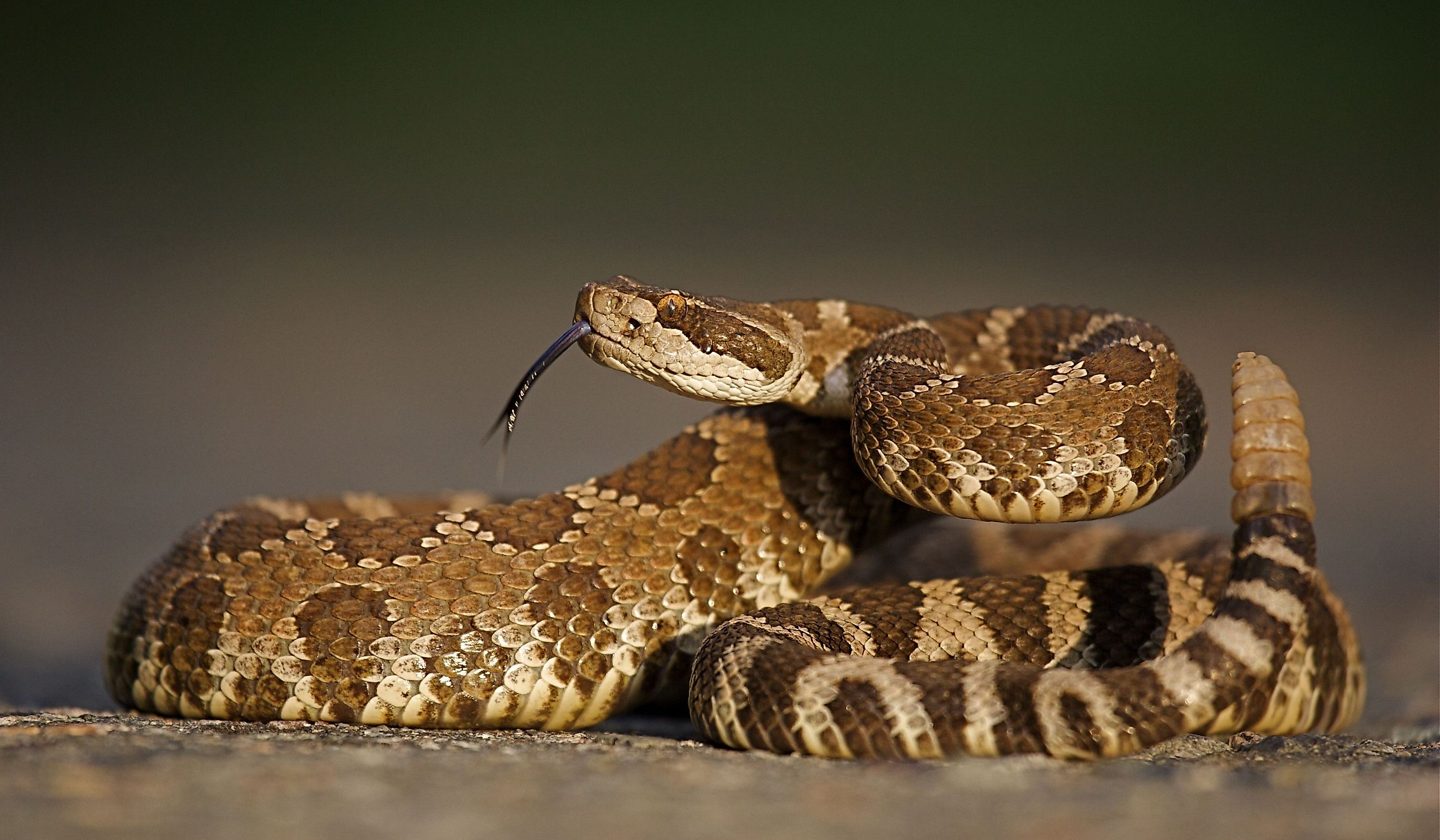
The 11 Deadliest Animals in Utah
Utah is nestled in the American West and is known for its stunning landscapes and rich history. It is one of the least populated states in our country because so much of its geography is desert or mountainous. However, just because there are fewer humans in large parts of the state, it does not mean there is a lack of life.
There are many animals, birds, and insects that make Utah their home. Most of them are harmless to human beings. There are a few that can be dangerous if they feel threatened or their territory is invaded. Here are some of the deadliest animals that can be found in Utah.
Spiders and Insects
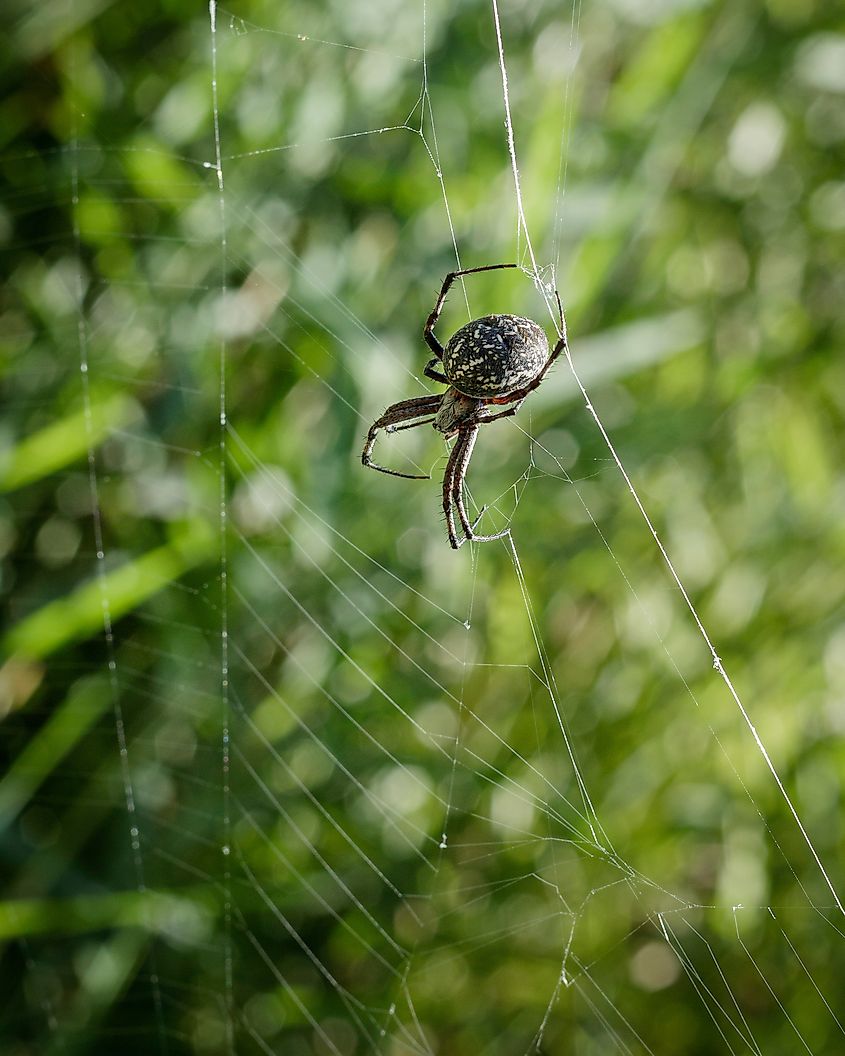
For the most part, spiders like to be left alone. They keep to themselves but can sometimes be found making their home close to humans, often in quiet corners of a home or shed and in places that are not disturbed often. It is not usually a problem since many spiders in Utah are not harmful. However, some spiders have a venomous bite that helps them kill their prey. Being bitten is not usually a risk for humans unless they are provoked. Other insects in Utah are not venomous but can cause problems for humans because of the possibility of illness and disease. It is important to take regular pest control measures in and around your home to keep the chance of encountering them as low as possible.
Black Widow
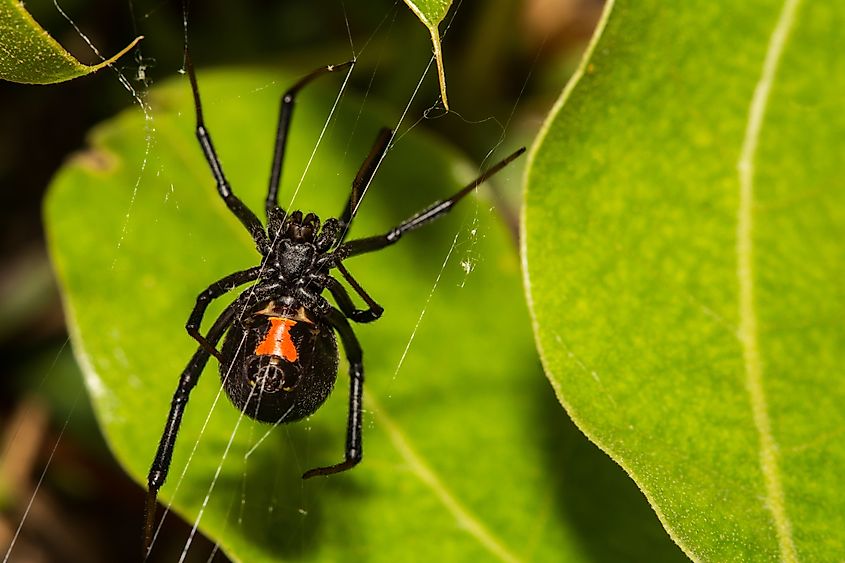
The Black Widow is one of the first spiders people think of because it has a dangerous reputation. Their bite is rarely fatal unless the victim has another health condition that is affected by it. The venom in their bite can cause a lot of pain and cramps that will require medical attention. Black Widows are easy to avoid since they are easy to spot because of the red hourglass shape on their underside. Since they prefer dry, dark locations like attics and basements, always be mindful when moving things around in those areas.
Brown Recluse
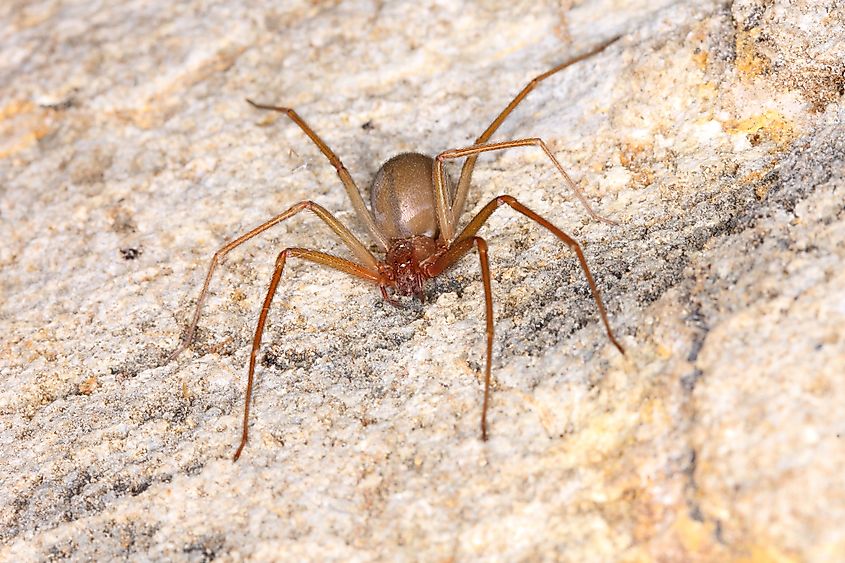
The Brown Recluse is not as common in Utah as others on our list, but they can be found anywhere in the country. They can be identified both by their color and the violin-shaped markings found on their back. The Brown Recluse gets its name because they usually stay alone in secluded areas like toolsheds, closets, and attics. The brown recluse is shy and more likely than not to run away from you if you uncover his hiding place. However, if you are bitten by one, you should seek medical attention immediately because their venom is necrotic and continues to do damage hours afterward.
Yellow Sac Spider
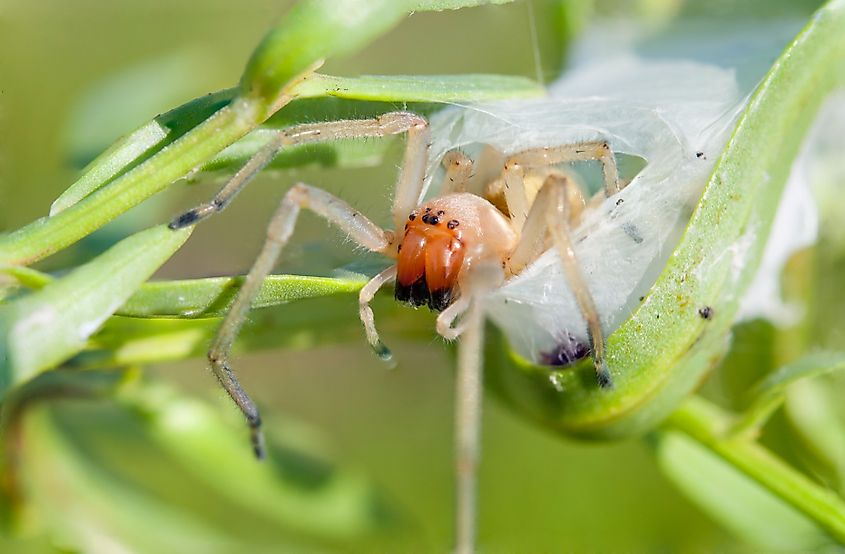
Unlike the others, the Yellow Sac Spider is usually found outside and is famous for its yellow, almost translucent color and pronounced mouth. You might come across one while working in the garden, camping, or hiking because they prefer the outdoors and natural settings. Their bite is not life-threatening, but you may notice a lot of redness, swelling, and painful blisters that can persist for days. Clean the bitten area immediately and apply an ice pack to reduce swelling. You can take an over-the-county anti-inflammatory to help with the pain. You should see a doctor as soon as possible if your symptoms worsen.
Mosquitoes
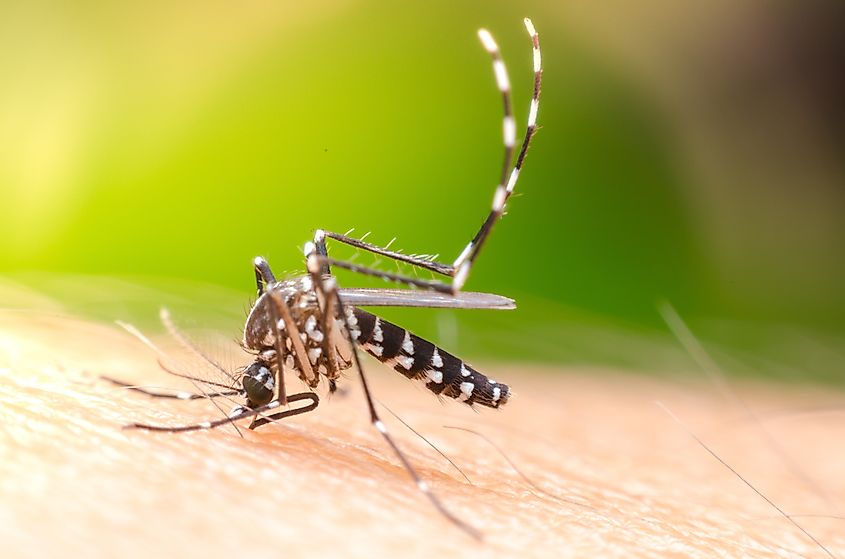
Unlike spiders, mosquitoes do not bite humans out of a defense reflex. Their bite is how they feed since they live off the blood of other animals. However, because they bite multiple creatures, there is a significant risk of disease spreading. Many illnesses, such as West Nile, malaria, and Zika, can be spread to humans through their bite. Using an insect repellant when spending time outside can help prevent mosquito bites. If you get bitten by mosquitos, clean the affected areas with soap and water as soon as possible. A paste of baking soda and water can help relieve the itching.
Snakes
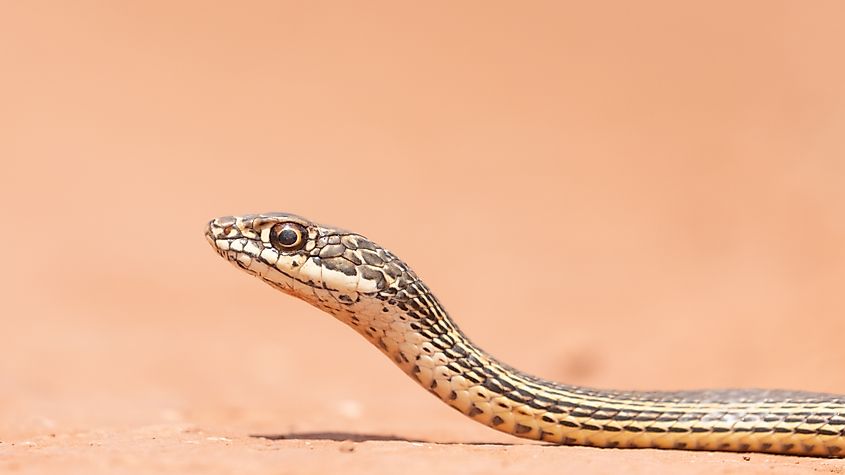
It is common to have a fear of snakes because they can look intimidating, and they can be silent as they approach their prey. Movies and television shows give the idea that they are poisonous monsters waiting for someone to strike. In reality, there are more snakes in the world that are not venomous than those that are. However, there are a few species of snakes living in Utah that you should look out for, such as the Western Diamondback Rattlesnake, the Great Basin Rattlesnake, and the Western Cottonmouth.
Western Diamondback Rattlesnake
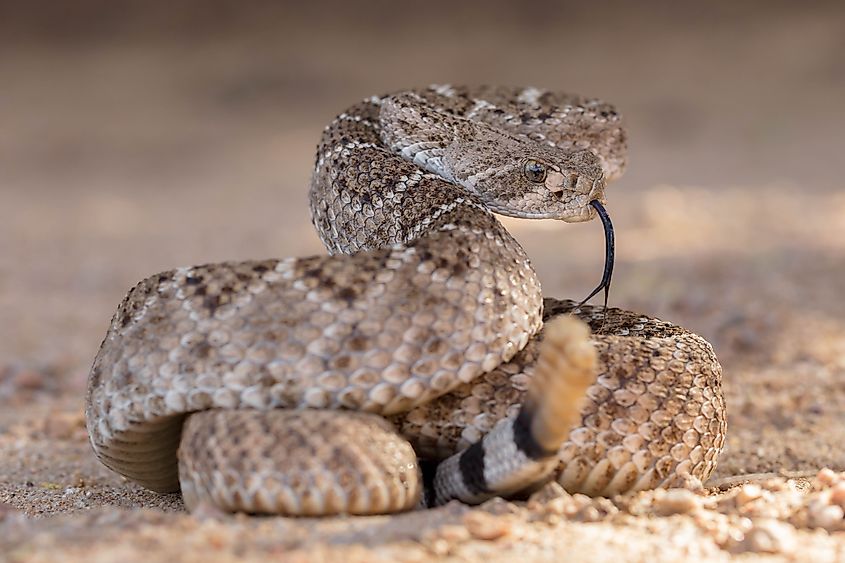
Because of Utah’s rocky, desert terrain, the Western Diamondback Rattlesnake can be found almost statewide. It can deliver a toxic venom in its bite that can damage tissue and cause pain. If the venom is not neutralized, it can cause a wide range of complications as it moves through the bloodstream, some of which can be fatal. However, one advantage we have is that this snake has a warning system in place. If you hear the rattle of its tail, it is a good idea to stop and back away from wherever you are heading.
Great Basin Rattlesnake
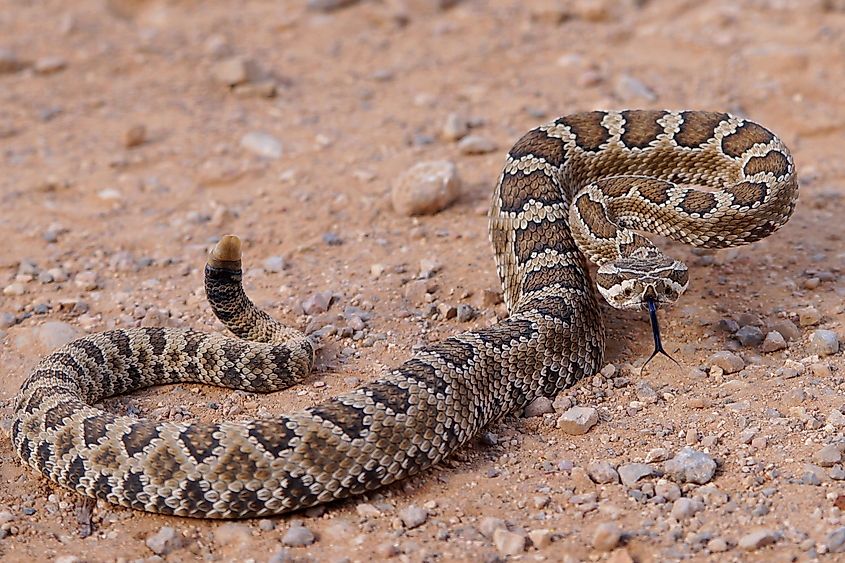
The majority of the western part of Utah is in the Great Basin. That is where the Great Basin Rattlesnake can be found. This pit viper has a dangerous bite, but medical professionals can administer an antivenom if treatment is sought soon enough. If you find yourself the victim of a bite from a Great Basin Rattlesnake, wash it well with soap and water and wrap it loosely in a clean, dry bandage. Mark the edges of the bite so your doctor can see the progression of swelling. Again, all rattlesnakes have a built-in warning to let you know when you are encroaching on their territory, giving you plenty of time to move away to safety.
Western Cottonmouth
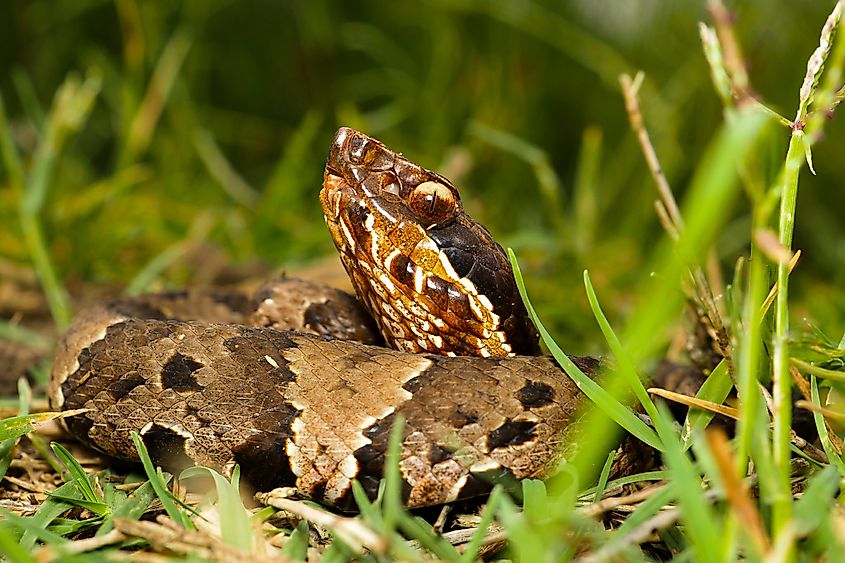
Even though Utah has a lot of desert terrain, there are plenty of wetlands that provide habitats for diverse wildlife. The Western Cottonmouth is a pit viper that inhabits holes in and around the bank and in submerged vegetation. They typically avoid people who are swimming or fishing. However, if they do bite someone, their venom can cause a lot of pain, swelling, and other serious symptoms. You should clean the wound well and wrap it with a cool compress or a dry bandage. Seek medical attention immediately as it is necessary to counteract the venom and manage any other complications.
Mammals
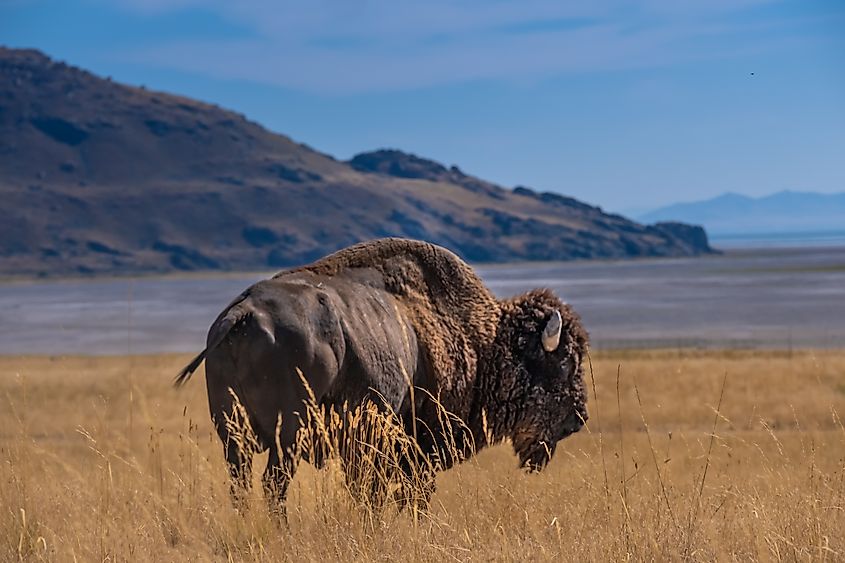
Most of the wildlife talked about so far has been small and easy to come across by accident. However, Utah is the home of some much larger animals that can be dangerous when they interact with humans. Creatures such as elk, buffalo, and mountain lions avoid populated areas but can occasionally come across people unless they go into the wilderness for hunting, camping, or hiking. Many people who have reported an interaction with these creatures have gone into places where they should not be, such as exploring a small cave or investigating animal sounds. Always stay on the path, be mindful of their presence, and carry the proper first aid.
Elk
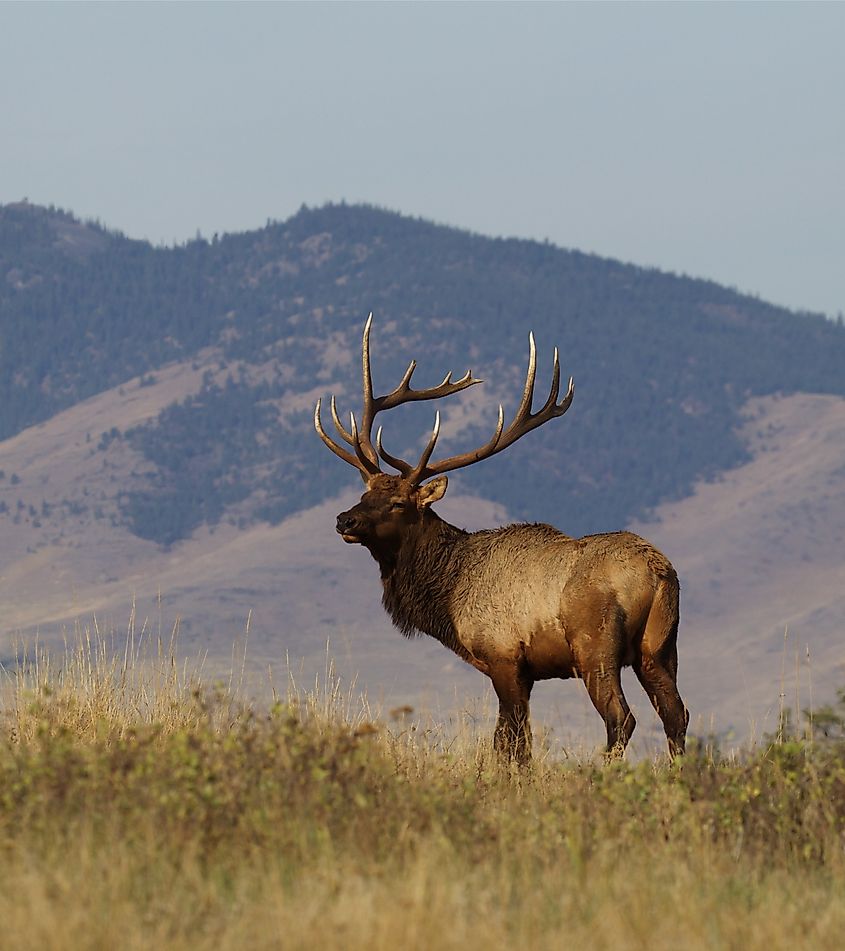
Elk are not hunting down humans as prey, but their sheer size can pose a threat. Many people have had serious car accidents on mountain roads trying to avoid a collision with them. They also tend to act aggressively toward humans during their mating season. They can be territorial, and their size can make an interaction with them deadly.
If you encounter an elk in the wild, it is most important to maintain a distance of at least 50 yards. An elk that is agitated will do things like thrash at bushes or paw at the ground. If they direct their antlers toward you or their hair is standing up, you may be in a dangerous situation and need to leave the area immediately.
American Bison
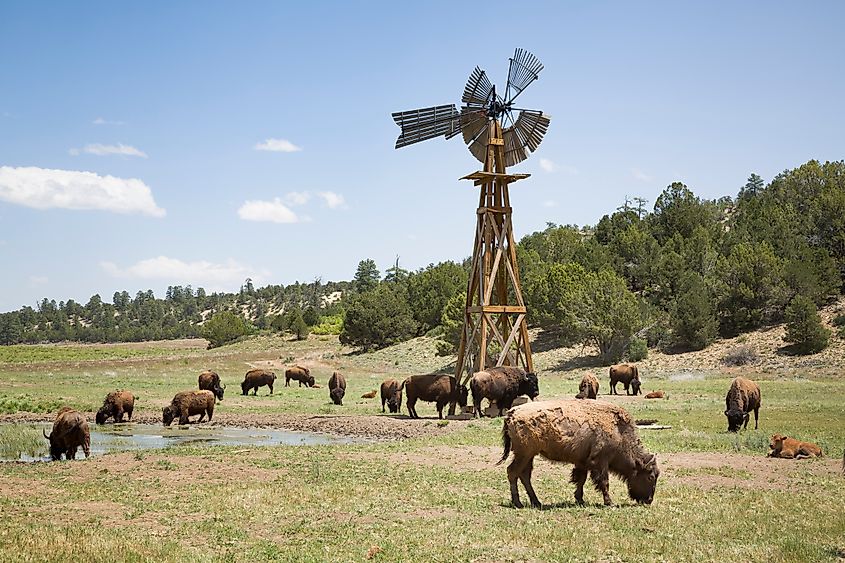
Like Elk, Bison are not likely to seek out humans to attack. They are large, and they travel in groups. Many people who have been injured or killed by bison were doing something such as approaching them to feed them. This can make bison feel threatened, causing them to defend themselves violently.
A bison can weigh nearly 2,000 pounds, so you need to keep your distance. Do not approach one for any reason, but if you do find yourself in proximity to one, maintain a distance of 100 feet. Quietly back away to show you are not threatening. If the animal does attack you, get on the ground and protect your head and torso.
Mountain Lions
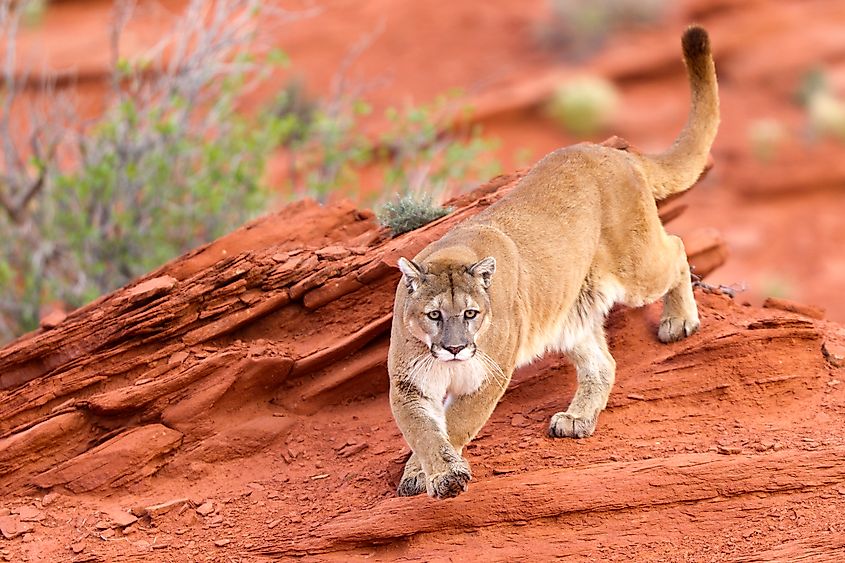
A Mountain Lion is a predator. If you are camping or hiking, it is not unheard of for one of them to attack, especially if you are alone. They are large cats that use their massive strength, large teeth, and powerfully sharp claws to tear apart their prey. An attack on a human is rare but can be fatal. When spending time in the wilderness, use precautions like scent-masking and properly storing food to avoid raising their interest.
If you encounter a mountain lion, do not run. These animals are predators and it is in their instincts to chase prey. Maintain eye contact and speak loudly while waving your arms. If you look big, the mountain lion may back off and leave.
Mule Deer
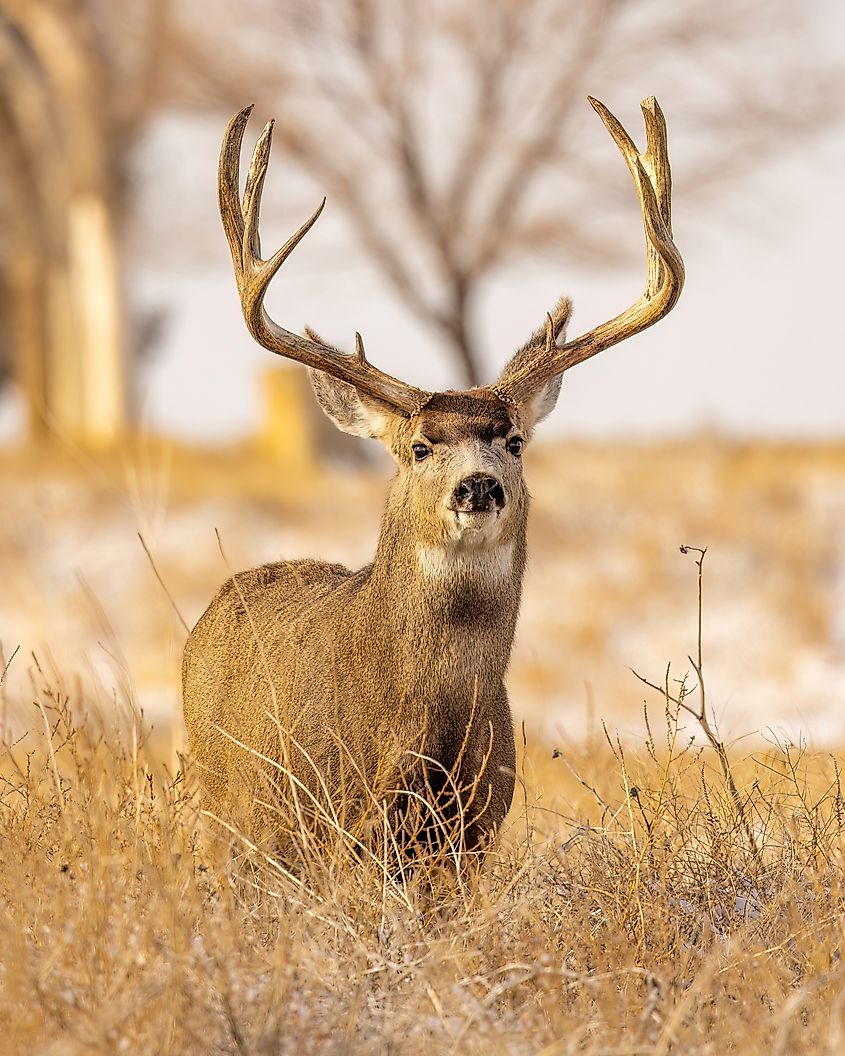
A Mule Deer is not a dangerous animal in most cases. However, as human progress has encroached into their habitat, there have been a lot of reports of people being seriously hurt or killed in car accidents involving them. It can be difficult to see them at night, and the speed at which they leap into the roadway can make it seem like they appear from out of nowhere. Being aware of your surroundings and maintaining a safe speed can help reduce the possibility of a collision with them.
Utah is one of the most beautiful and picturesque states in our country. The wilderness can be enticing and inviting, but it can also be dangerous. When going out into the mountains and desert, it is important to remember that you are moving into the territory many animals call their home. Being mindful and respectful of that can mean avoiding a potentially dangerous situation.











